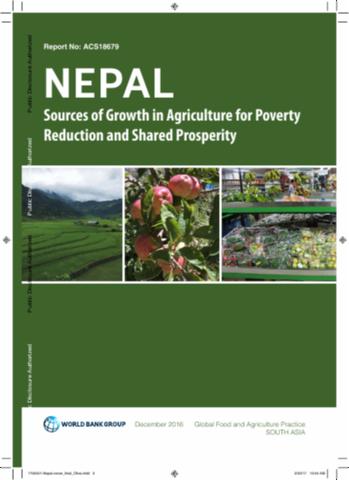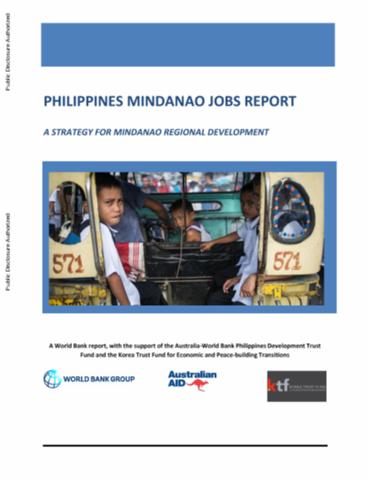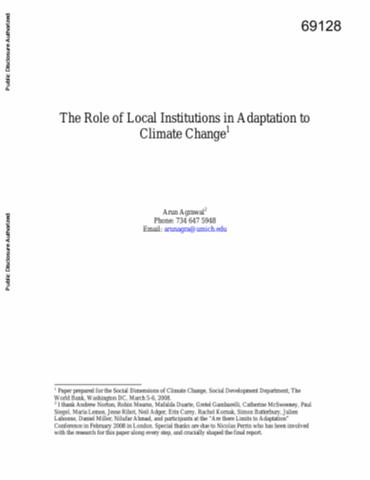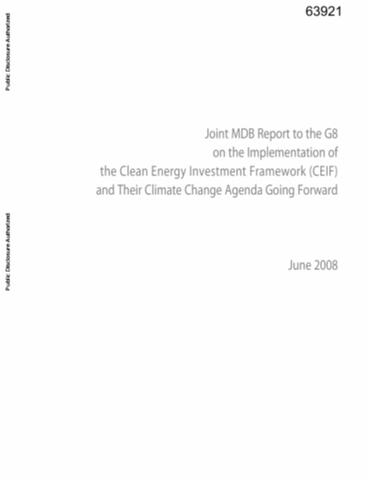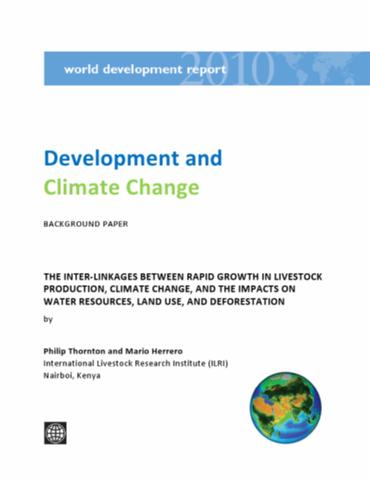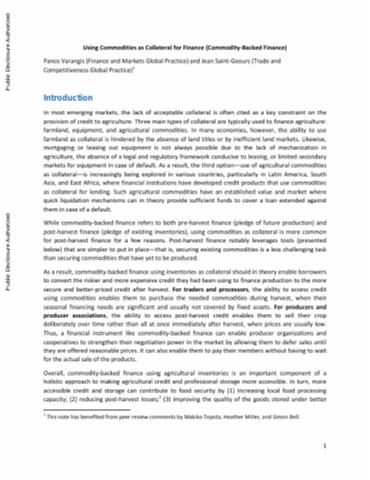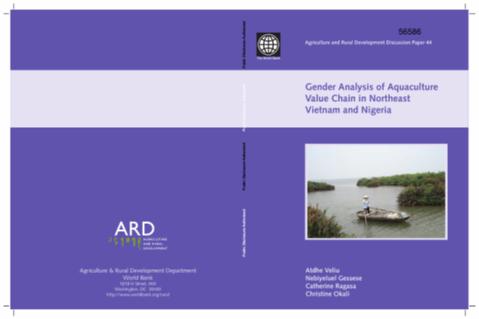
Topics and Regions
Details
Location
Contributions
Displaying 1 - 10 of 630Nepal
Agriculture contributes about 35 percent to the Gross Domestic Product (GDP) of Nepal. But growth in the sector has been quite volatile in the last decade, tothe extent that the lowest and highest growth rates were recorded in consecutive years. Nepal agriculture is characterized by relatively low yields compared to neighboring countries. Furthermore,land is disproportionately allocated to grain staples (rice, maize, wheat, millet, barley, and buckwheat),despite fruits and vegetables showing relatively higher yields and higher growth in consumption.
Philippines Mindanao Jobs Report
This report adds value because its inclusive approach of engaging with a broad-based group of stakeholders at the time of both analysis and engagement has served a means of building support for needed reforms. The goal was to generate ownership among Mindanawons through consultations which were guided by mostly local technical experts. For the analysis, the World Bank partnered with leading universities, think tanks, experts, and nongovernmental organizations (NGOs). Some 90 percent of the extended team came from within Mindanao, and they contributed more than 40 background papers.
World Bank Resilience M&E
These case studies were developed as part of the World Bank's Results Monitoring and Evaluation for Resilience Building Operations (ReM&E) project, which aims to develop and increase the application of systematic, robust, and useful approaches to monitoring and evaluation (M&E) for resilience-building projects/programs within the World Bank. The case studies propose to foster a grounded understanding of good ReM&E practices through real-world examples.
The Role of Local Institutions in Adaptation to Climate Change
This review focuses on the role of local institutions in adaptation to climate change. It does so under the belief that climate impacts will affect disadvantaged social groups more disproportionately, and that local institutions centrally influence how different social groups gain access to and are able to use assets and resources.
Joint MDB Report to the G8 on the Implementation of the Clean Energy Investment Framework and Their Climate Change Agenda Going Forward
The 2005 Gleneagles G8 summit in July 2005 stimulated a concerted effort of the Multilateral Development Banks (MDBs) to broaden and accelerate programs on access to energy and climate change mitigation and adaptation through the Clean Energy Investment Framework (CEIF). At the Gleneagles summit, it was agreed that a report on the implementation of the CEIF would be prepared for the 2008 G8 (Group of Eight: Canada, France, Germany, Italy, Japan, Russia, the United Kingdom, and the United States) summit hosted by Japan.
The Inter-Linkages between Rapid Growth in Livestock Production, Climate Change, and the Impacts on Water Resources, Land Use, and Deforestation
Livestock systems globally are changing rapidly in response to a variety of drivers. Human population growth, rapid urbanization, and growing incomes will lead to substantial increases in the demand for livestock products in the coming decades. Meeting this increased demand may put substantial pressure on a wide range of natural resources such as land and water. Together with climate change and increasing climate variability, these drivers of change add up to a formidable set of development challenges for developed as well as developing countries.
Using Commodities as Collateral for Finance (Commodity-Backed Finance)
In most emerging markets, the lack of acceptable collateral is often cited as a key constraint on the provision of credit to agriculture. Three main types of collateral are typically used to finance agriculture: farmland, equipment, and agricultural commodities. In many economies, however, the ability to use farmland as collateral is hindered by the absence of land titles or by inefficient land markets.
Gender Analysis of Aquaculture Value Chain in Northeast Vietnam and Nigeria
The report is an initiative of the Agriculture and Rural Development Department (ARD) of the World Bank. Aquaculture is the fastest-growing food sector in the world and is expected to contribute more than 50 percent of total fish consumption by 2020. Just over 90 percent of aquaculture production originates in Asia, and nearly 70 percent in China alone. Efforts to expand aquaculture production to meet the ever increasing worldwide demand for seafood continue.
Safeguarding Important Areas of Natural Habitat in Mongolia alongside Economic Development
As market reforms to the Mongolian economy continue and the country enjoys rapid economic growth, the environment has entered a period of unprecedented pressure. Mining, infrastructure development and tourism development, in particular, are undergoing rapid expansion, and all pose risks to Mongolia's globally important biodiversity.
Looking Beyond the Horizon
The story of how the PVH Corp. (referred to throughout this document as PVH) came to leada group of its top suppliers to build factories and a fabric mill in Ethiopia’s Hawassa IndustrialPark (HIP) is the study of a strong collaboration between a private company looking to optimizeits business model and a government aiming to transform its economy through global strategic repositioning.

